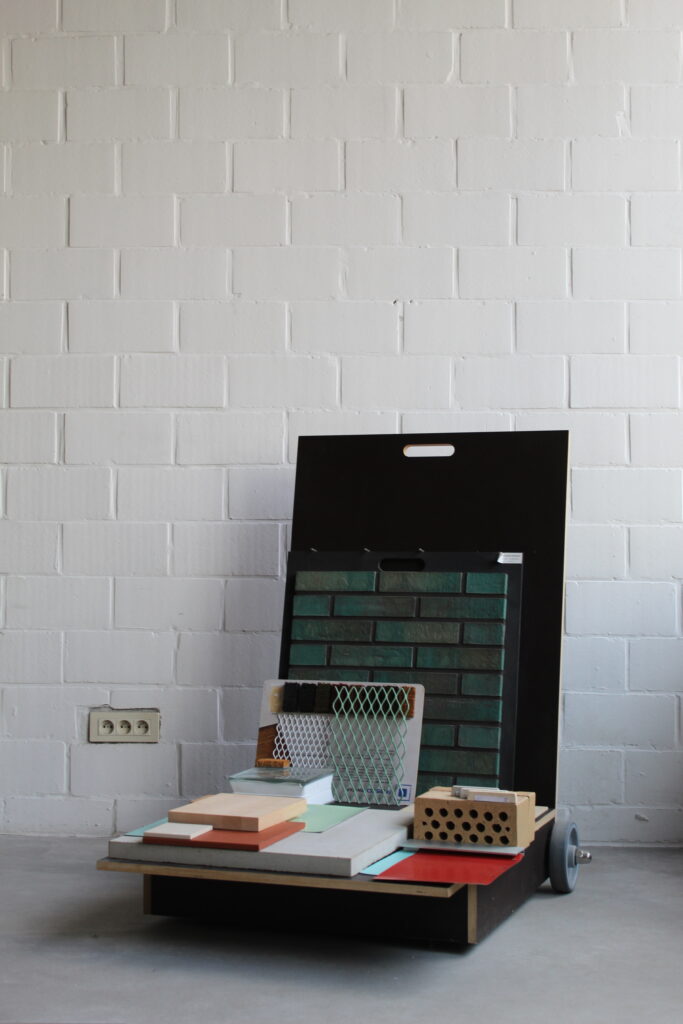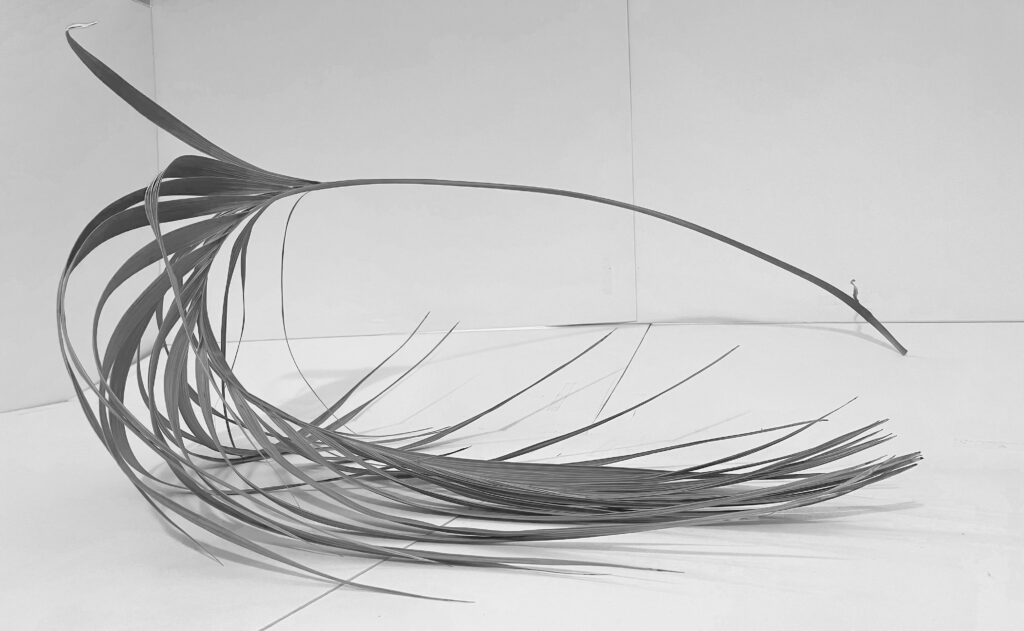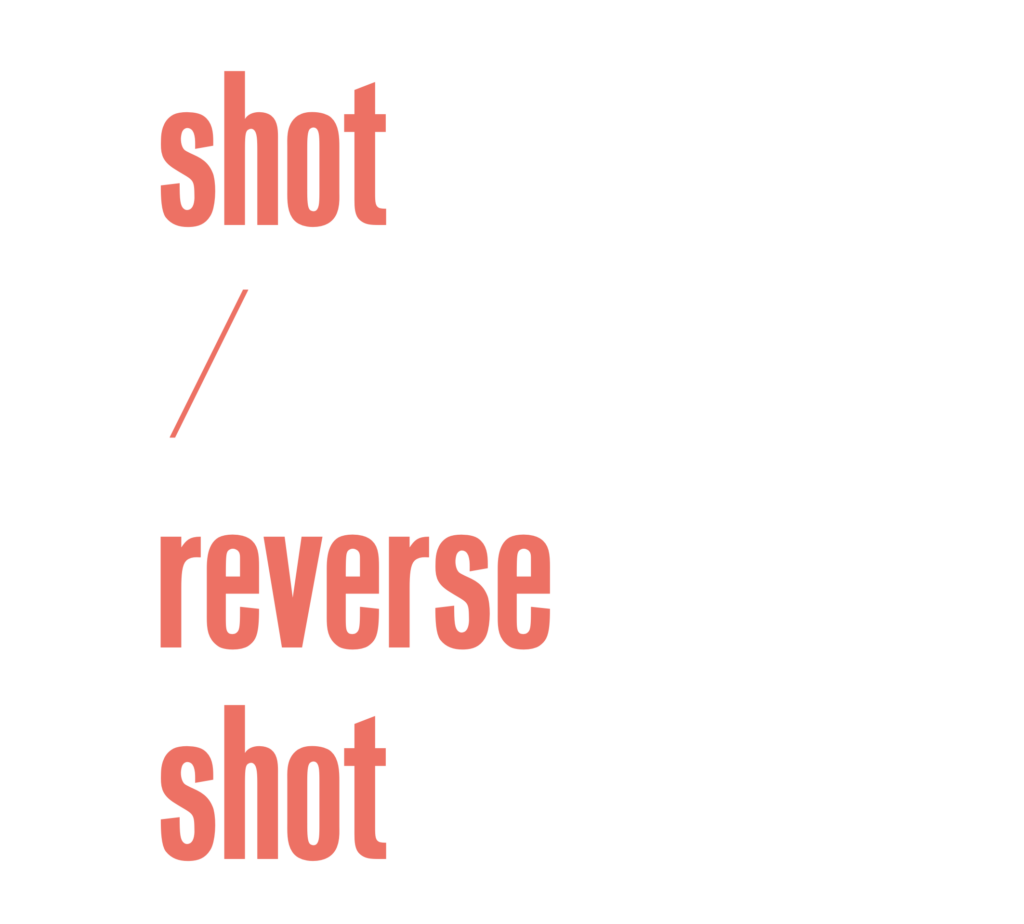Return to archive
title
(Atlas of) Typology Affordances
authors
Gennaro Postiglione Andreas Lechner
A Research by Call for Papers (by Projects)
We increasingly intervene in existing buildings or structures, thus rendering the modern dichotomy between architecture (‘new’) and historic preservation (‘old’) ambiguous. Today the existing, i.e. both old and new, can always and already be both source and inspiration for contemporary interventions. Thus, our attention as architects has theoretically already extended ‘heritage’ – in the broadest cultural sense – to the whole of the built environment. This has already been widely addressed in architectural and academic research. Both Fred Scott’s seminal monograph “On Altering Architecture” and the volume “Experimental Preservation”, edited by Jorge Otero-Pailos, Erik Langdalen and Thordis Arrhenius are merely two of the more well-known examples in this regard. 1 See also Sara Marini, Giovanni Corbellini, eds. Recycled Theory: Dizionario illustrato / Illustrated Dictionary, Macerata: Quodlibet 2016. The increasing attention of contemporary architecture on ‘building on the built’ and dealing with the built environment ‘as found’ has challenged modern conservation principles and shifted architectural dogmas and school curricula.
These shifts let us raise the question of typology again because this raises the question of the nature of architectural work itself, as the Spanish architect Rafael Moneo wrote in his seminal essay “On Typology”. For Moneo, it is up to each generation of architects to answer the question of what typology is because it redefines the essence of architecture and its attendant problems. As one of the most tangible indexes of political context, typologies allow us, on the one hand, to understand how even the most mundane aspect of architecture – the disposition of primary structures, passages, rooms, and partitions – is both the result of a specific way in which the subject’s experience of space is constructed and the necessary basis for any classification – see also the EU taxonomy to establish a list of environmentally sustainable economic activities. On the other hand, it is precisely through typologies that both specific and abstract disposition can produce a degree of undetermined generosity that opens up necessary wiggle rooms for future use and inhabitation and are thus required design driving aspects for leveraging sustainability and resilience (see for example Baumschlager Eberle’s 2226 mixed-use building in Lustenau).
“Typology Affordances” is a design-driven research project that seeks to explore and further design strategies that are aiming at resilient and climate-positive buildings and yet are quintessentially architectural in nature. As material composition enabling inhabitation, buildings are mediations between forms and functions. Yet different timescales are determining the building’s “shearing layers” – primary structural systems can last for hundreds of years, while surfaces, house services, furnishings, inhabitation or the harbouring of a specific use are of a more temporary character. The wiggle room resulting from these different timescales produces a gap, that we bridge designerly through drawing – i.e. drawing on different abstraction techniques. These design techniques grant us both the possibility of envisioning past and future forms of inhabitation and alteration. At the same time, they also reveal the vague character of the underlying building type.
As a diagram or design principle in plan and section, the building’s “type” forms one centre of this research project’s exploration and brings thus the very idea of what constitutes architecture today into play again. The key to a building’s resilience in terms of design, both for new buildings and for conversions or adaptive reuse, lies in the affordances of a structure’s character, which is both an objective and subjective aspect and reading. Objective because a building’s design and design principles – form and its relation to the definition of spaces, organisational relationships, circulation, proportion and scale, and the principles of composition – can be analysed, measured, recorded, and compared to others. Subjective, because the interpretation of a building’s character places values that inevitably exert influence on any form of possible inhabitation. Any alteration expresses an attitude towards the “given” and thus opens or closes, filters or blocks, back- or foregrounds certain qualities, dialogues and experiences, allowing us to glimpse the designer’s convictions. The central thesis (and architectural ambition) of this research project is thus to show that the higher the degree of (a certain poetic) “functional indeterminacy” and typological spatial determination of a given structure, the higher the degree of affordances and, therefore of resilience, i.e. the future-proofing number of its possible iterations and reasonable inhabitations.
With this call for papers (by projects), we invited architects and scholars to report case studies of transformations that exploit, enhance and restore existing typological qualities or that produce a new quality within (vis-à-vis, on top, or through) a pre-existing building structure. We liked to collect examples of these two strands of transformations that are approached in three building categories/contexts:
- Monuments (“palazzo types” or undisputed, culturally significant and highly charged buildings) – In this category, we are looking for transformations of use and inhabitation that keep the typological integrity of the building intact or that reinforce it. Case studies that have undergone more than one transformation are mandatory in this category. As a template, we have drawn a history of Naples’s Palazzo Gravina (other examples for this category might be Fondaco dei Tedeschi Venezia or one of the Palazzi dei Rolli in Genoa, etc.).
- Institutions, public/civic buildings (culturally charged building types using classic composition – mostly from the 19thcent.) – In this category, we are looking for conversions of industrial, infrastructure, military and healthcare architectures and/or ensembles. Case studies that have undergone more than one transformation are preferable but not mandatory in this category. In this category, interventions transform the building’s inhabitation and may also alter its typological integrity by adding and/or subtracting structure. (cf. Biblioteca de les Aigues, Tate Modern, Prada Foundation Milan, etc.)
- Modern monofunctional building stock (not culturally charged). In this category, we are seeking projects that manage to transform the vague and generic character of these typical real estate products – commercial, retail, office and warehouse buildings. Examples in this category show alterations of structures that manage to instil new spatial qualities (typological clarity): for example, a degree of generosity that was never intended to be experienced but is now making a convincing argument for further change of inhabitation in the future (affordances). (An example might be the MVRDV and COBE designed Roskilde Festival Folk High School Offices that was a former cement factory; this is also the category of “counterintuitive typologies”)
Case studies should be of an urban dimension comparable to a Palazzo typology – neither a full perimeter block, a city quarter, a pavilion, nor a folly are eligible. With the collection resulting from the call, we aim to reveal affordances and thus illustrate design aspects that invite and welcome transformation. These intrinsic qualities of designs can be methodically employed in design teaching contexts that aim at producing resilient and sustainable architectural design solutions. Of course, this typological approach – as underlying any collection of case studies – inevitably touches the formal basis of architecture.




